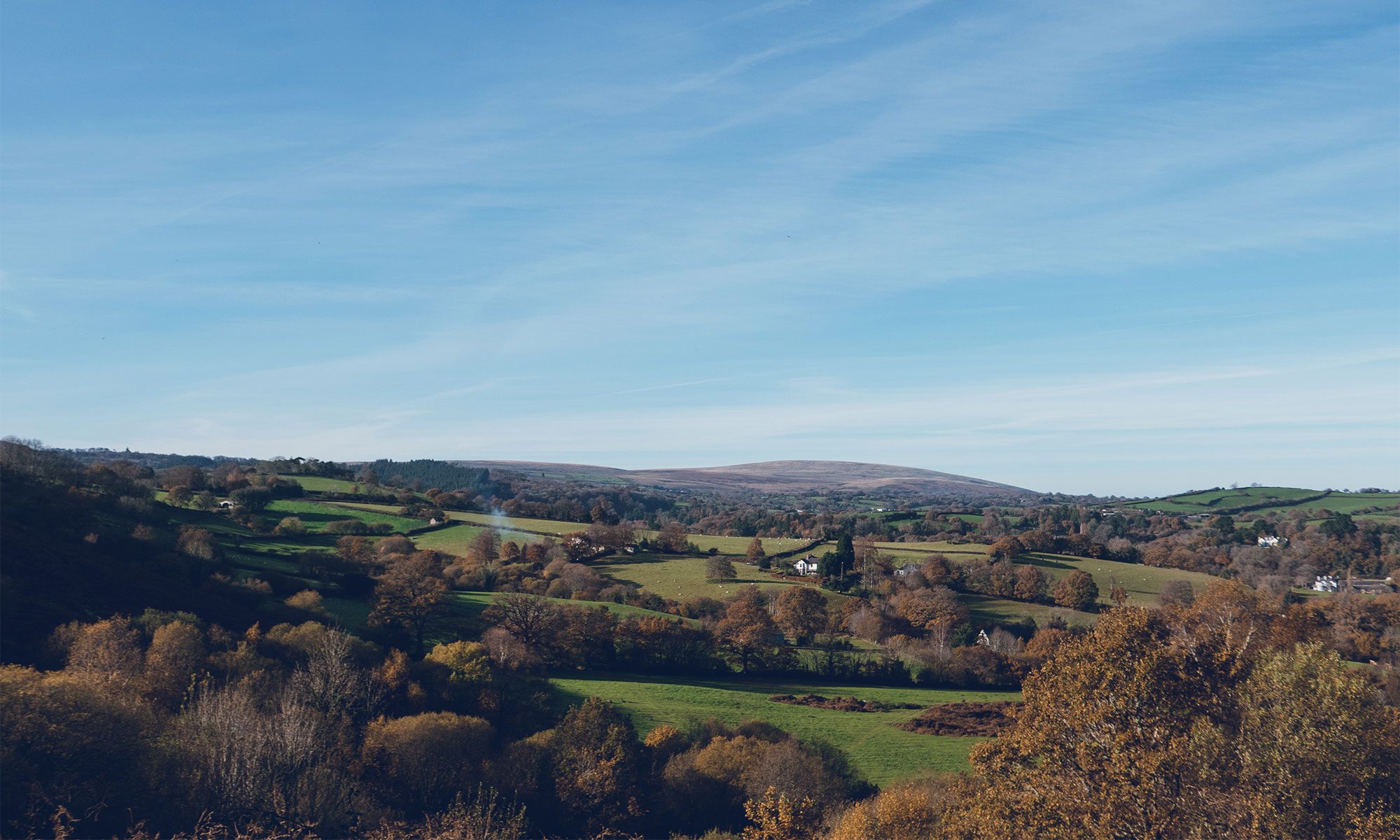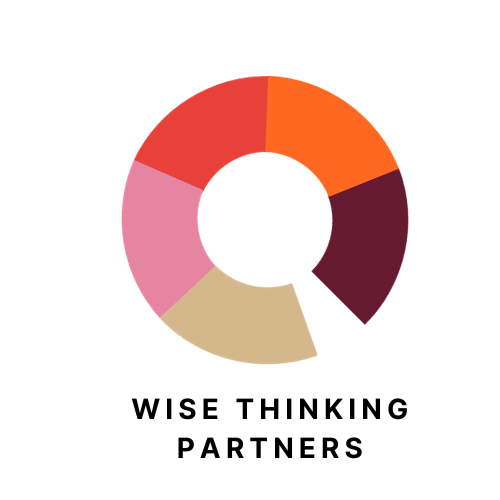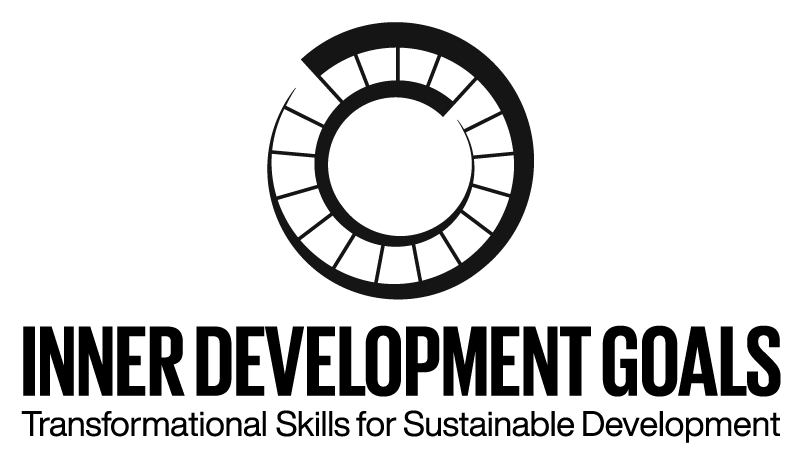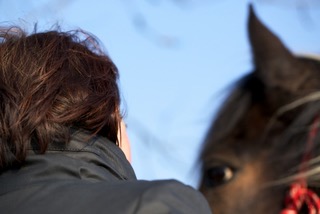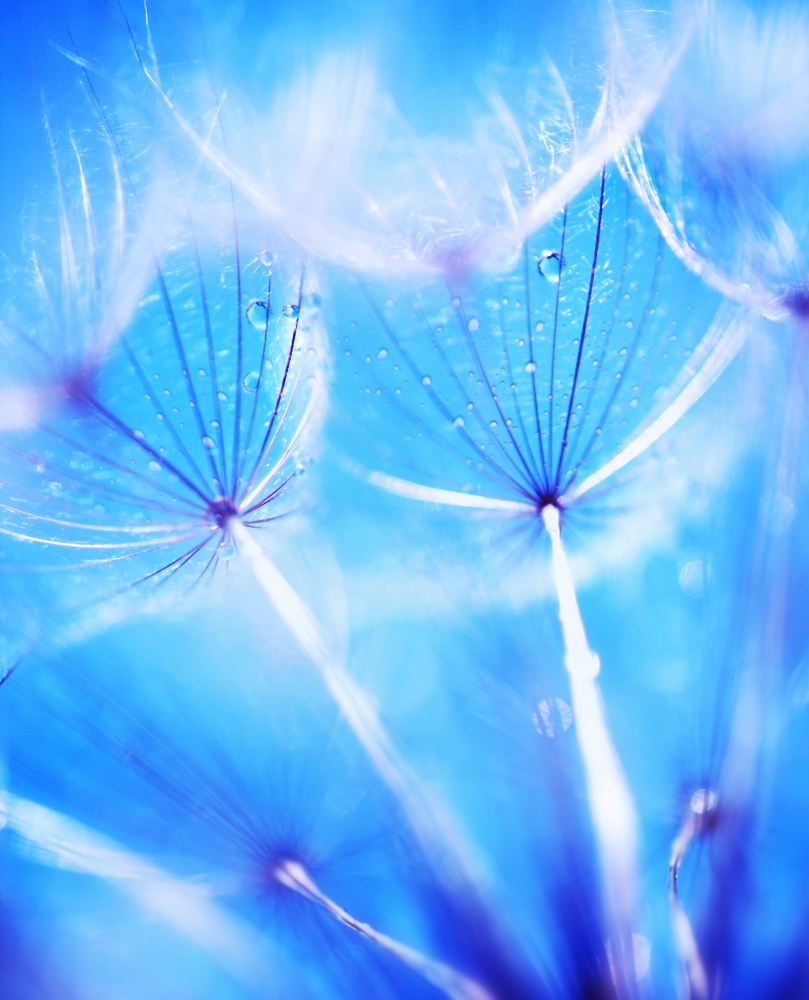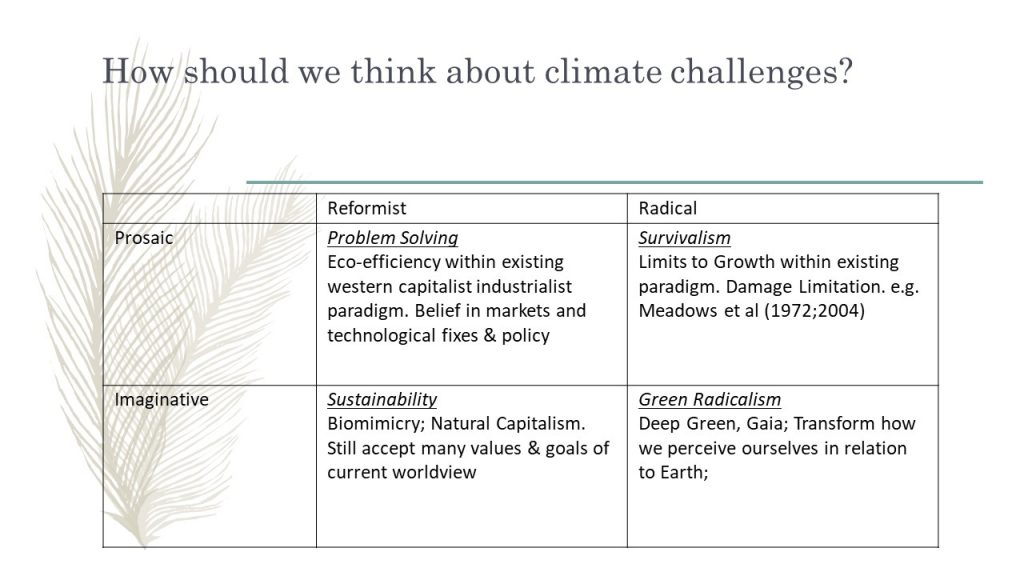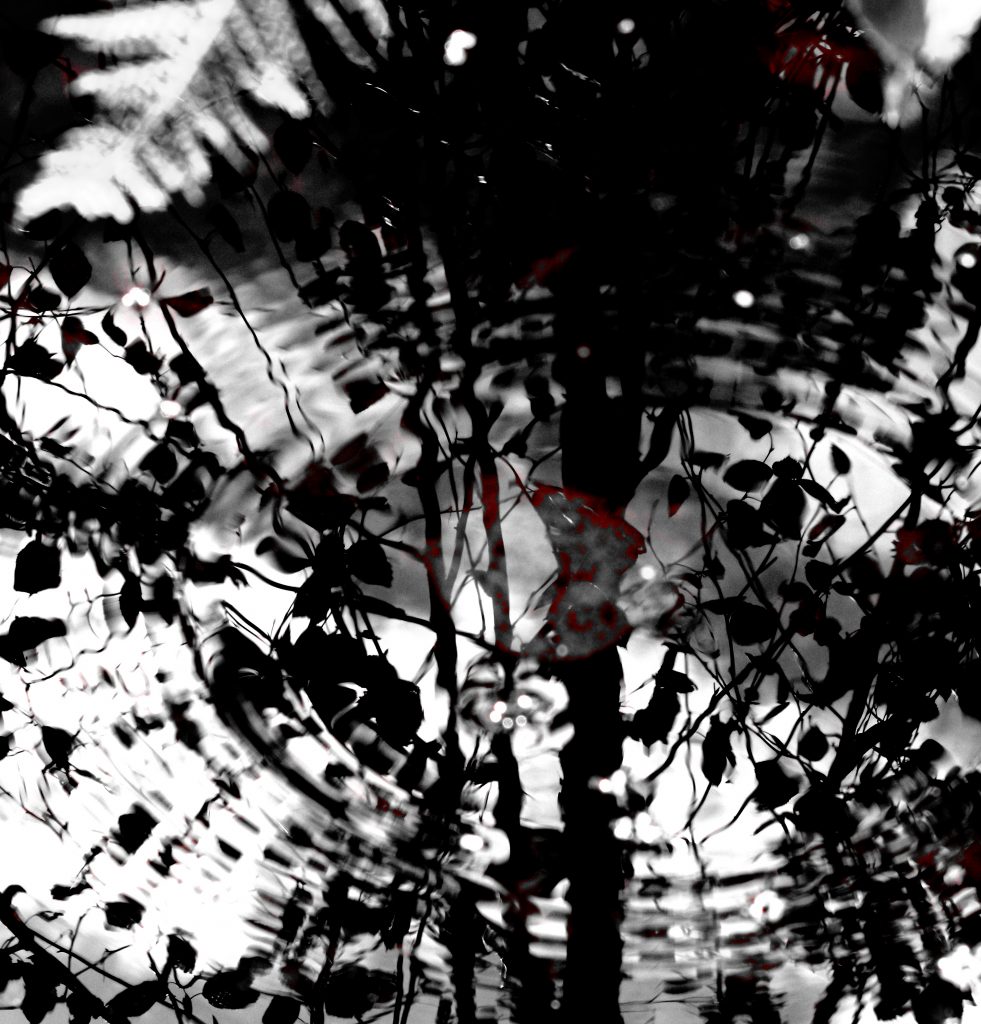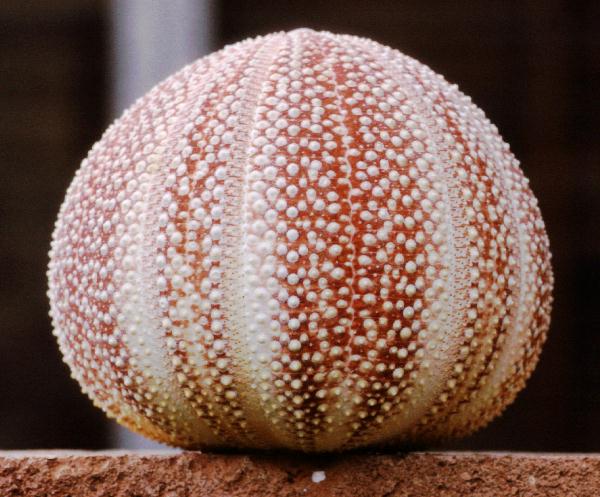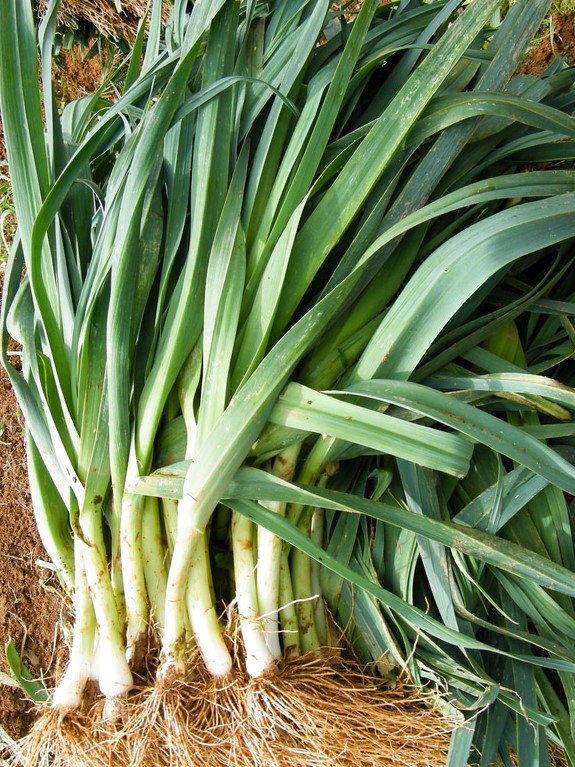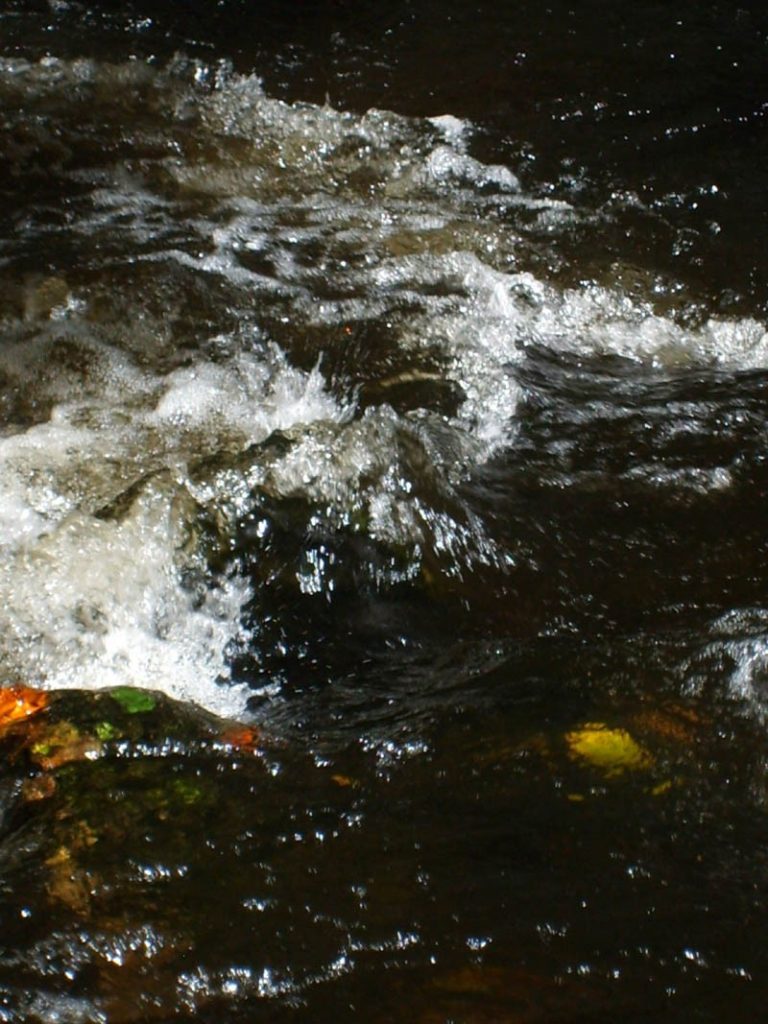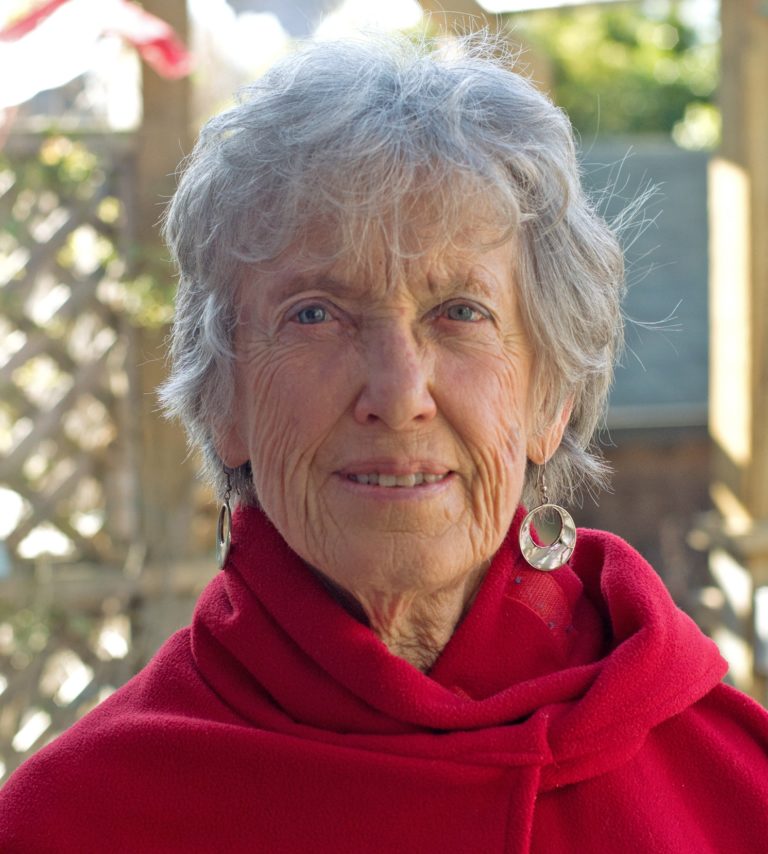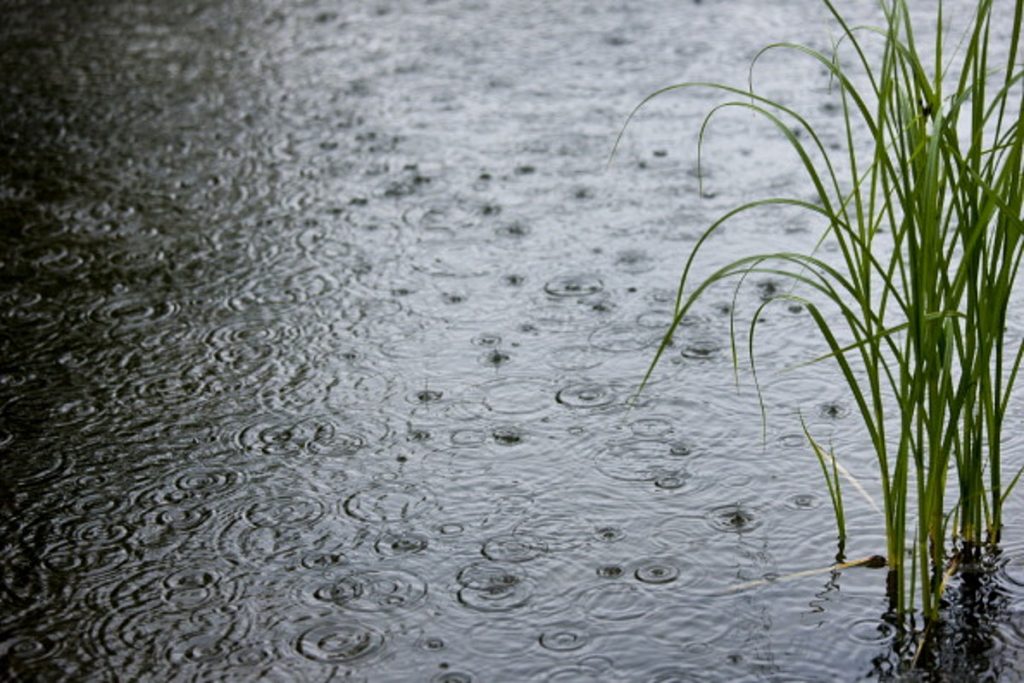As this International Women’s Day comes around, I’ve been casting my mind back to women who have been my teachers over the years, right back to Mrs MacLean in Primary school who gave the shy, sickly little girl I was in those days space to shine.
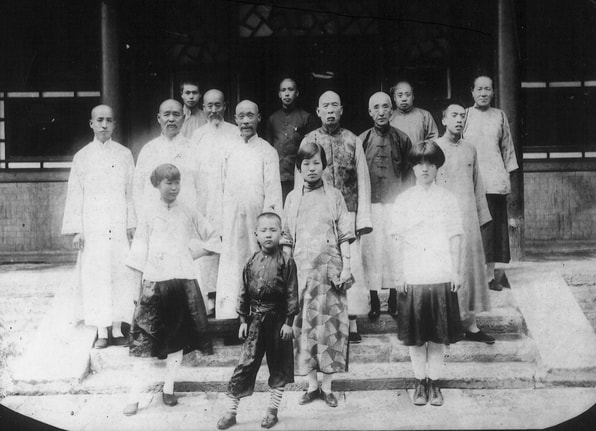
In my early 20s I met Miss Rose Li, an elderly Chinese woman and Martial Arts master who I trained with for a over a decade. I’d get up at 5am to practice TaiChi and HsingI before catching the train to London – then I’d get home in the evening and practice again – oh for the energy of youth!
Miss Li is the girl on the right in the front row, flanked by her WuShu family. Miss Li taught me Mandarin too, on the commute I’d listen to language tapes, I’ve forgotten pretty much all of my Chinese but I still have the Beijing accent I picked up from her. Sadly I drifted away after I’d been through some big life changes and we lost touch. A generous and humble teacher, she was instrumental in bringing Internal Martial Arts to the West, at the time I didn’t realise how famous and revered she was! I wish I’d kept up the TaiChi, but I didn’t. I’ve recently taken it up again, and I have to admit it’s hard to be faced with all the skill I abandoned. I never let go of my love of Daoism which still influences my worldview today.

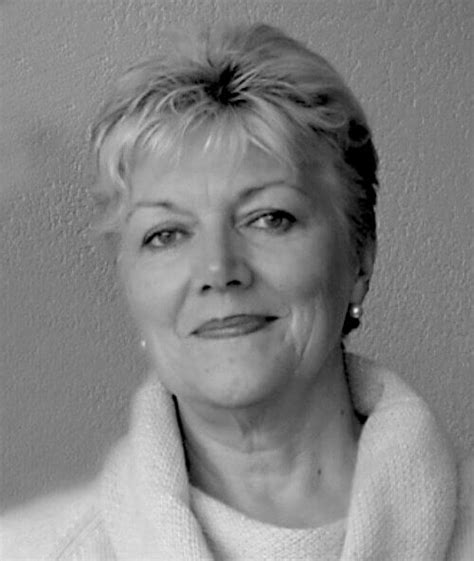
Judith Firman and Diana Whitmore were my Psychosynthesis trainers back in the 1980s . I’m no longer in touch with Judith, but forty years on I still work with Diana. We’ve been on quite a journey together and feel blessed to count her a friend as well as a wise and trusted colleague. Her dedication and her work with young people is an inspiration..
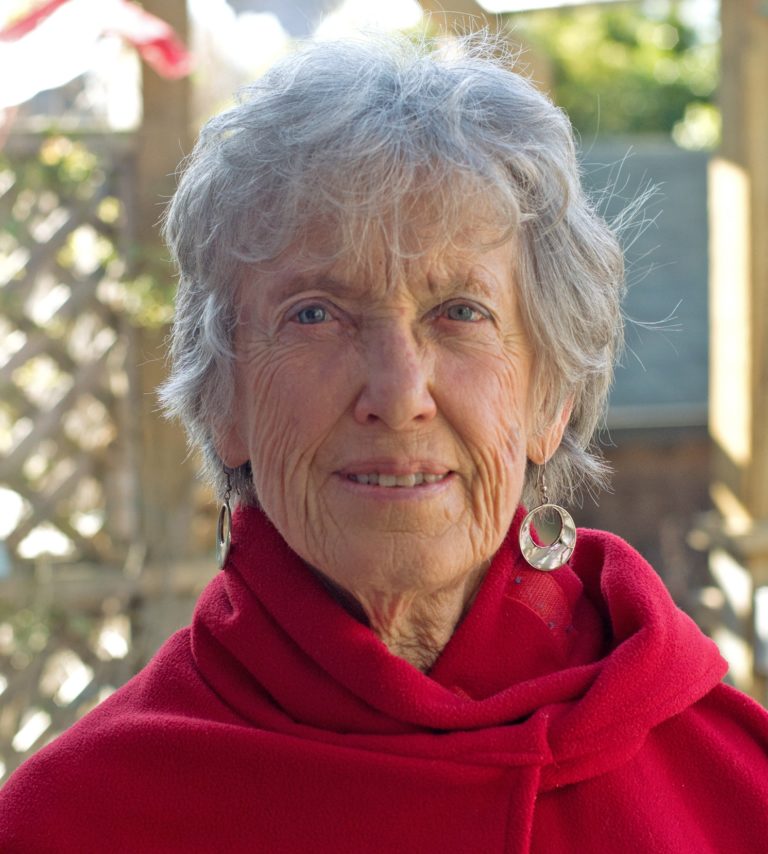
I first met the amazing Joanna Macy in 1987. She introduced me to Gaia Theory, Deep Ecology, Buddhism and a systemic approach; all of which continue to flow through the my work today. I trained with her, and was part of a facilitation team working alongside her at the Findhorn Foundation back in the early 1990s. After a few years my work went in a different direction, but our paths would cross from time to time, at workshops, conferences and other events; meeting her was always a joy. She’s in her 90s now, and as inspiring as ever!
Then there’s Margo Russell. I joined Margo when she founded Psykosynthes Akademin in Sweden in 1989. She was an outstanding, inspiring trainer and a beautiful human being. Margo took me under her wing, mentoring, encouraging and challenging me. I wouldn’t be doing the work I do today without her. We worked alongside each other until her death in 2001. She was only 62. I still miss her humour, fiery intelligence, friendship and irrepressible, irreplaceable spirit. The Swedish Akademin was my core work for 25 years, an enriching part of my life that happened because of Margo.
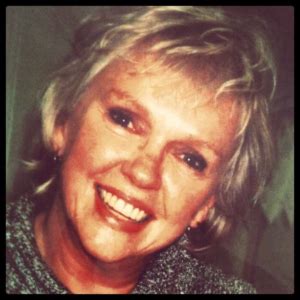
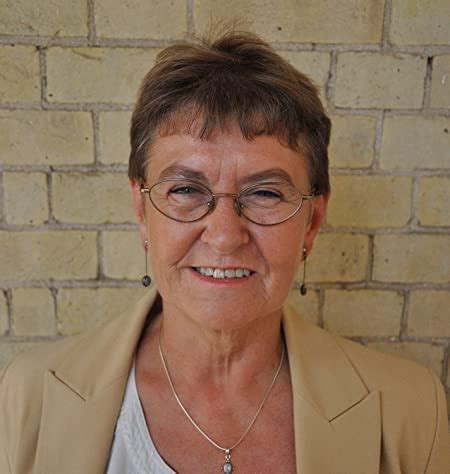
Last but not least, Sue Farebrother, my oldest friend. Over the years we navigated births, and deaths, marriage and divorce, we saw the best of each other, and probably worst of each other too. She wasn’t a ‘teacher’ as such, but we never stopped learning together. Almost fifty years worth of friendship – such a gift. Sue died in 2022.
Having started this account I realise just how many women friends colleagues have inspired and supported me over the years. Too many to mention, but I will mention two; Sybille Schiffmann chair of Wise Goose who has just gained her PhD (she deserves a medal for putting up with my bad jokes about every meeting with her being a doctor’s appointment now.) The other is Josie Sutcliffe who, every International Women’s day hosts Occupy the Airwaves – a marathon 16 hours of live broadcasting from 8am until midnight on Phonic FM, Exeter’s community radio station. Josie definitely deserves a cheer for the amazing job she does.
The list could go on and on. Basically I wouldn’t be where I am, or who I am today without the generosity of a whole host of women and the gifts and love they have given to me. So, for this years International Women’s Day I want to celebrate the contributions of all the women I know and have known – you inspire me in so many ways as you work to forge a better world, and you have definitely made my world a better place.
Who are your women teachers past and present? I encourage you to join me in taking a few moments to celebrate them today.
